Get PeakVisor App
Sign In
Search by GPS coordinates
- Latitude
- ° ' ''
- Longitude
- ° ' ''
- Units of Length

Yes
Cancel
Share ×

Scan the QR code and open PeakVisor on your phone
❤ Wishlist ×
Choose
Delete
John Muir Wilderness is one of 26 wilderness areas in the Sierra Nevada Mountains in northeastern California, United States. The main feature of the area, named after one of the America’s most famous outdoor person, is that it is contains several of California’s most spectacular snow-capped summits, including the tallest and the most prominent peak in the area and the whole contiguous United States, Mount Whitney (4,421 m / ft and 3,074 m / ft). It is also the largest such area in California. In total, there are 211 named mountains in the John Muir Wilderness.
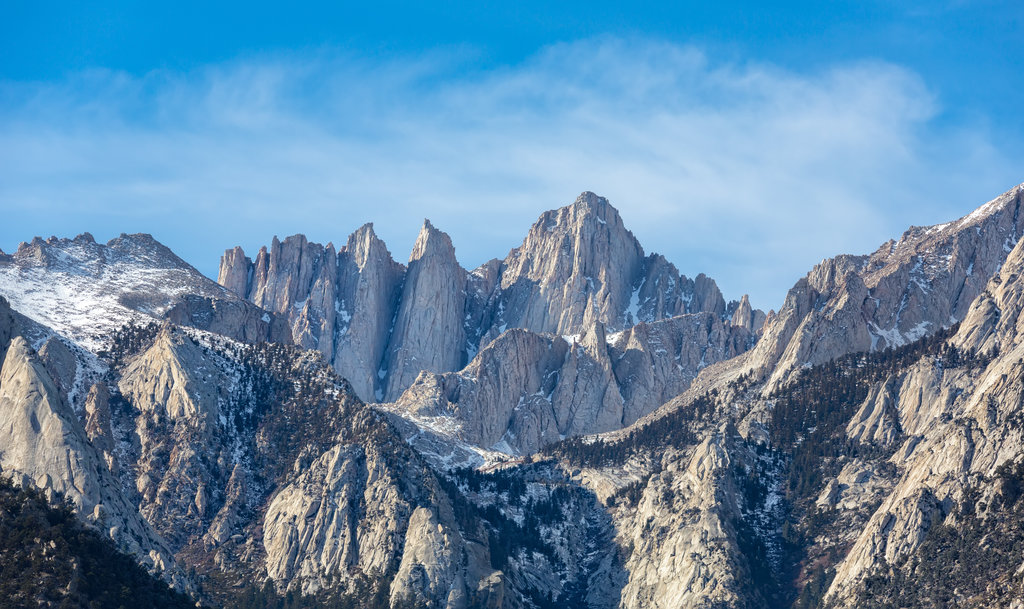
The wilderness area is named after John Muir, who was one of America’s most influential writers, naturalists, and conservationists, and a leading figure in the creation and preservation of California’s most impressive landscapes. Known as the "Father of Our National Parks", Muir was particularly passionate and persuasive when it came to his home mountains of the Sierra Nevada.
There are dozens of California landmarks named after Muir, including the infamous John Muir Trail. But the John Muir Wilderness, which spans 100 miles along the crest of the Sierra, is one of the most scenic of Muir’s namesake landscapes, containing, in addition to Mount Whitney, several other of California’s most spectacular snow-capped summits, glacial valleys, and canyons.
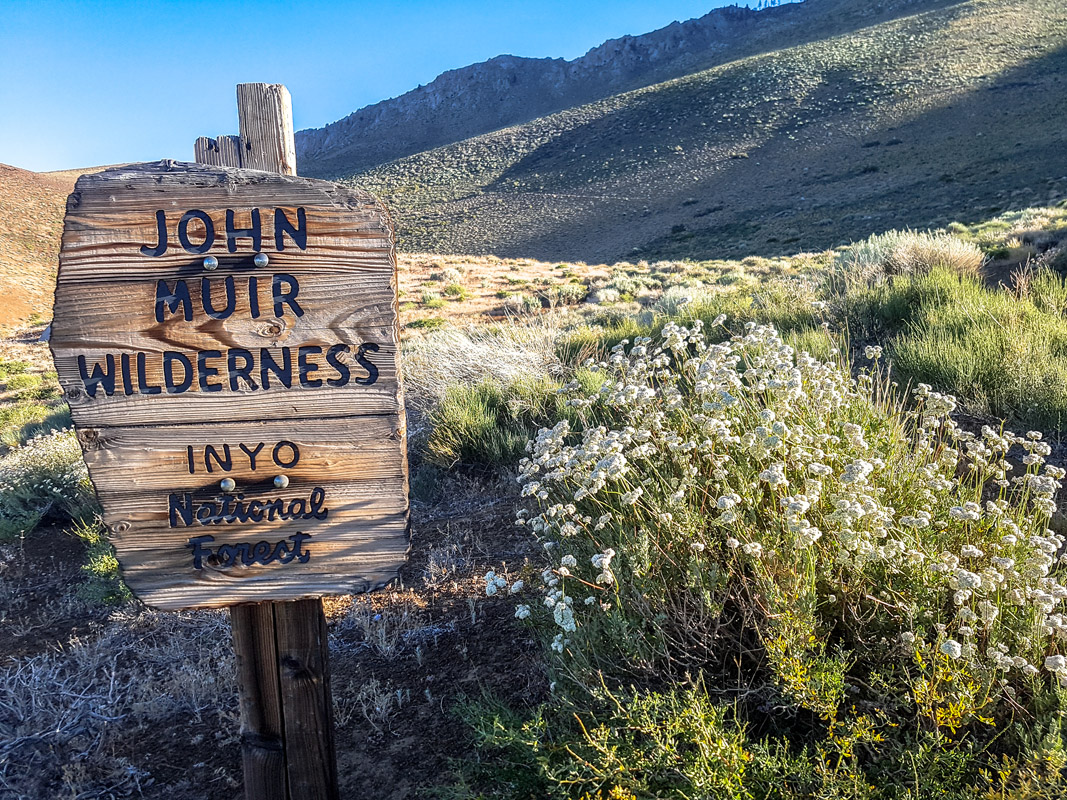
But before I go on about it, I can't get past the John Muir figure itself, how interesting it is. I asked fellow outdoor writer Ivan Kuznetsov from the Dolomites, Italy, whose relatives live in California, and who has been here himself and is not a stranger, to recount the highlights and accomplishments of one of his favorite nature writers in 10 main facts, although it is obviously 10 times less than it takes to describe all the most beautiful, interesting and important things he has done in his life:
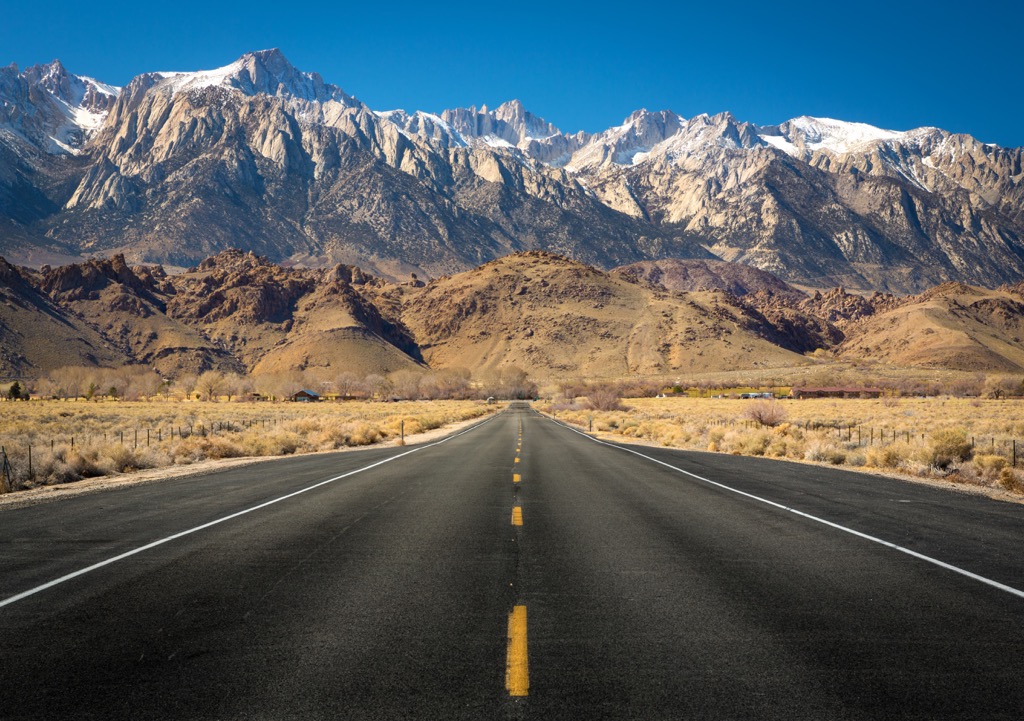
Designated by Congress in 1964, the John Muir Wilderness covers 650,000 acres, making it the largest wilderness area in California.
The area, which lies along the eastern slope of the Sierra, spans both the Inyo and Sierra Nevada National Forests, as well as portions of Kings Canyon National Park and the Monarch Wilderness. The John Muir Wilderness is also bordered by the equally as stunning Ansel Adams Wilderness.
The John Muir Wilderness is known to contain some of the most spectacular landscapes in the Sierra Nevada and is understandably popular for hiking, climbing, biking, and camping. In fact, the region’s remarkable granite peaks, glassy alpine lakes, lush meadows, and sparkling streams draw the most visitors of any wilderness area in California.

The illustrious Mount Whitney isn’t the only impressive summit in the John Muir Wilderness.
Of the 211 named peaks in the area, 55+ reach over 13,000 feet in elevation. In fact, rugged and imposing peaks, like Mount Humphreys, Mount Muir, Mount Williamson, Keeler Needle, Bear Creek Spire, and Mount Keith are scattered throughout the region.
John Muir also contains several noteworthy glaciers, including the beloved Palisade Glacier, the southernmost glacier in the states and the largest glacier in the Sierra Nevada.

There are several major hikes and attractions in the area. The main ones are, in my opinion, three: Mount Whitney itself, Big Pine Lakes, and Duck Pass.
Looking to climb the tallest summit in the lower 48? Bagging Mount Whitney isn’t as hard as you might think. The grade of the trail makes it accessible to just about anyone with appropriate conditioning. Though being a seasoned mountaineer isn’t a requirement, there are some things to consider when planning your climb of Mount Whitney:
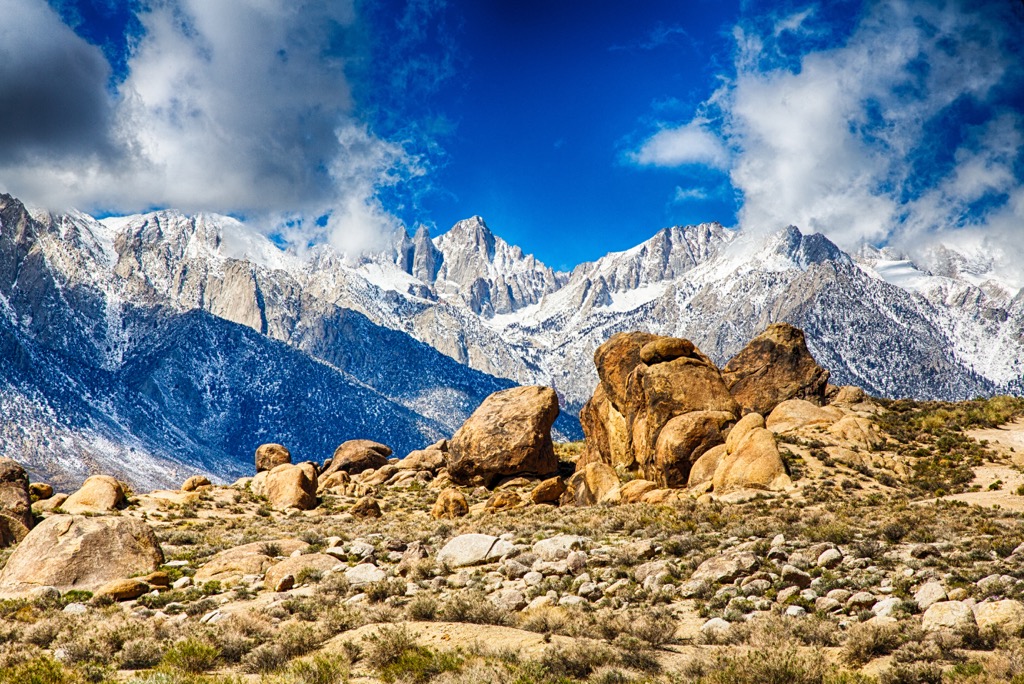
Mount Whitney can be attempted as a grueling day hike or as an overnight ascent. That being said, Mt. Whitney trail gains over 6,200 feet in elevation and can take anywhere from 12 to 14 hours to complete. It’s important to plan accordingly and not underestimate the mountain. Though it is accessible, Whitney still requires a fair amount of conditioning and ample hiking experience.
The Sierra Nevada is known for its awe-inspiring alpine lakes, and hiking to Big Pine Lakes via the North Fork trail is one of the very best ways to get fix of stunning alpine scenery. Beneath the craggy summits of the Palisades lie the turquoise waters of the Big Pine Lakes. The 12.5-mile trek, which climbs over 3000’ of elevation, can be tackled as a challenging day hike or an overnight trip. Extensions also exist along the way, including a trail to the scenic Sam Mack Meadow and the infamous Palisade Glacier.
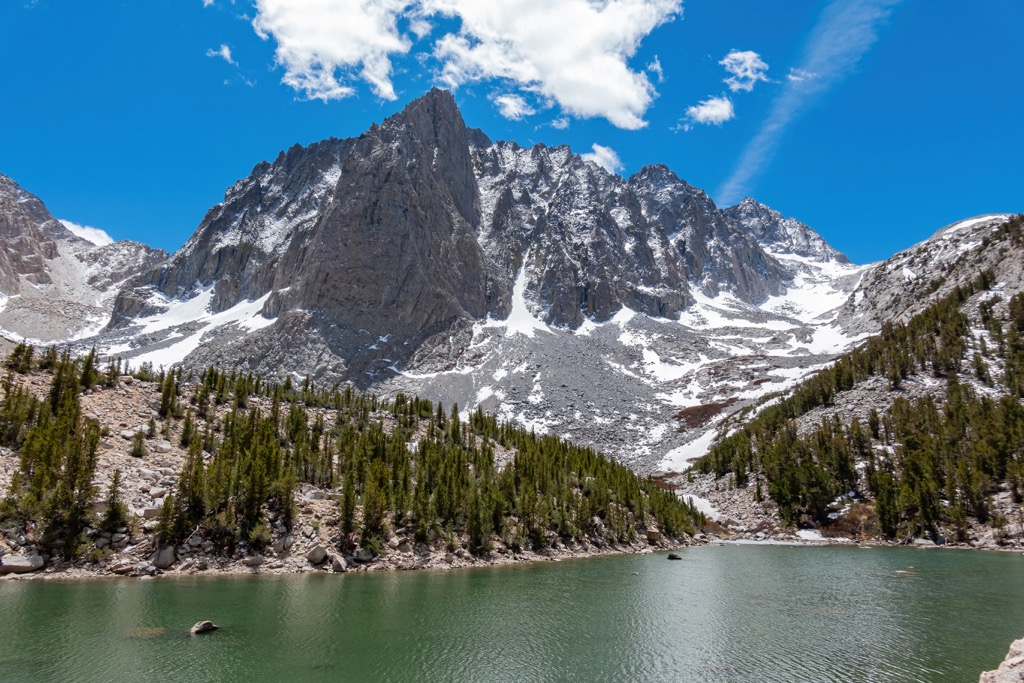
Another popular trek in the John Muir Wilderness, the 10-mile trek over Duck Pass leads to several sparkling, aquamarine alpine lakes and offers stunning vistas of iconic Sierra Nevada peaks. Several lakes along the route are perfect for pitching a tent, though this trail is also a popular destination for day hikers. Duck lake, which is surrounded on three sides by impressive peaks, is generally referred to as the crowned jewel of the ascent. However, a side trail to Pika Lake is also recommended and is the perfect place to take a quick dip or set up camp for the night.
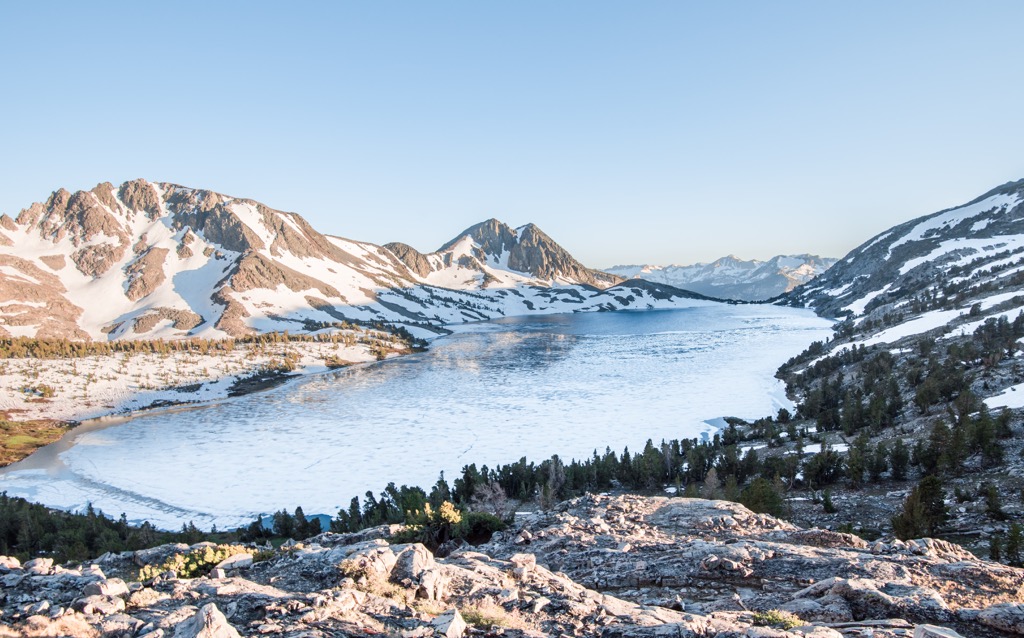
Though over 590 miles of maintained trails exist in this region, because the area is so heavily trafficked, there are several limitations in place to protect the region. Between May 1st and November 1st, trailhead and camping quotes are in place on all trailheads accessing the wilderness from both the east and west side, and permit requirements exist for popular summits like Mount Whitney.
More than half the permits are reservable ahead of time for just $5/person, while the remaining permits can be obtained for free on a first come-first serve basis. It’s worth noting, however, that a $15/person fee exists for the Whitney Zone and 100% of permits for the Mount Whitney trail are reservable ahead of time.
The John Muir Wilderness is jointly managed by Inyo National Forest, which manages the eastern portion of the wilderness, and Sierra National Forest, which manages the western section of the wilderness. Prior to hiking or camping in this region, check in with the applicable Forest Service to obtain information on permit requirements and quotas.
Most visitors to the John Muir Wilderness will opt to pitch a tent or find a secluded cabin in the woods, in lieu of looking for glamorous lodging. A few resorts and lodges can be found scattered within and along the outskirts of the wilderness. Though, for the most part, ‘resorts’ found within the Sierra Nevada, like the famed Vermillion Valley Resort, are rustic and serve as a reprieve from the backcountry for backpackers attempting the Pacific Crest Trail or John Muir Trail.
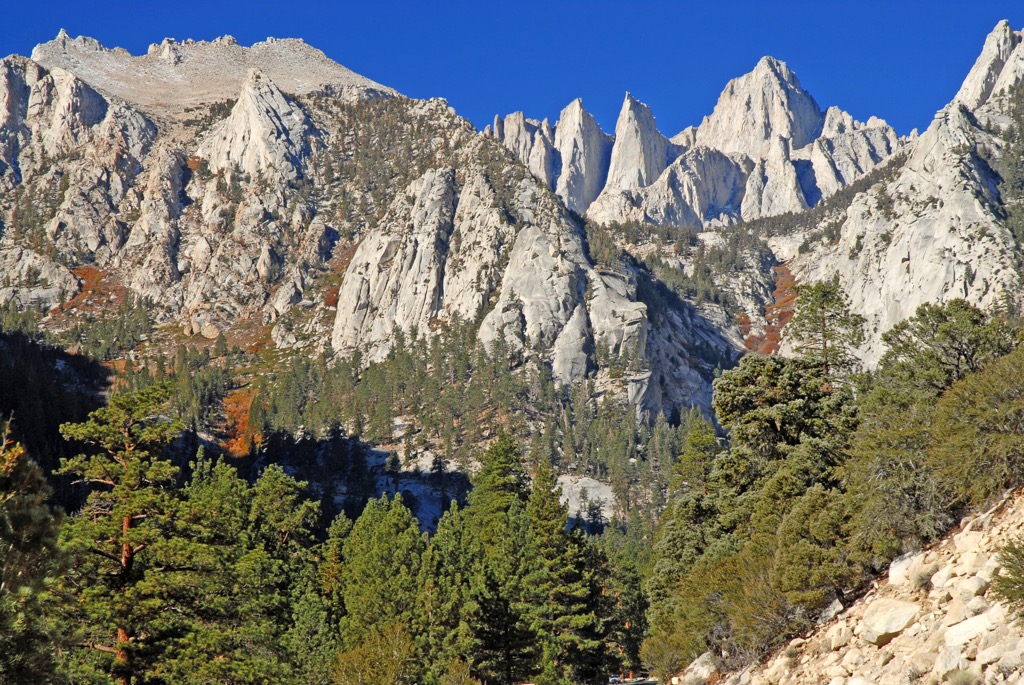
In the surrounding of the wilderness area, I would peak at least one major town and one resort:
Bishop is known as the ‘small town with a big backyard,’ for a reason. The town sits just outside of the Eastern High Sierra and ideal for anyone looking for an epic alpine adventure. Mt. Whitney, Bishop Creek Canyon, and Alabama Hills are all accessible from Bishop. The charming town houses dozens of hotels, cabins, and Inns, as well as a variety of restaurants, shops, and heritage sites.

The Rock Creek Lakes Resort is surrounded by the John Muir Wilderness and is the perfect destination for visitors looking to escape the hustle bustle of the city. Anglers, hikers, mountaineers, backpackers, and general nature-lovers appreciate Rock Creek’s proximity to stunning Eastern Sierra alpine terrain. Rock Creek has a general store, a grill, boat rentals, and a number of rentable cabins.
Explore John Muir Wilderness with the PeakVisor 3D Map and identify its summits.


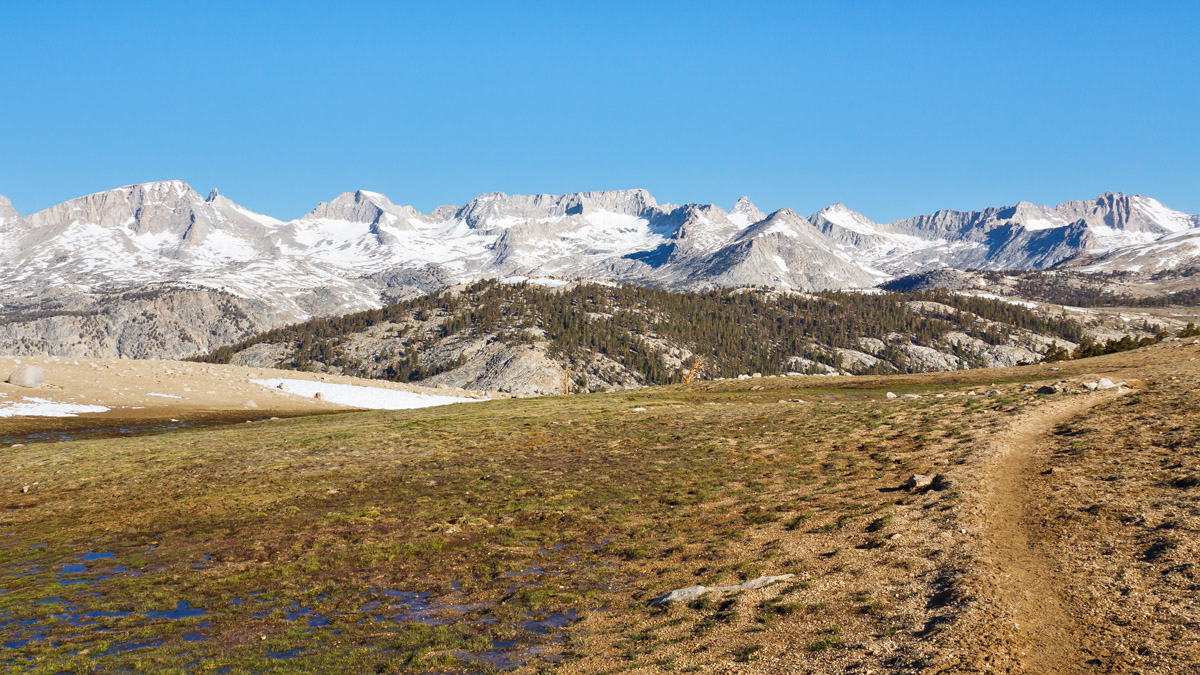
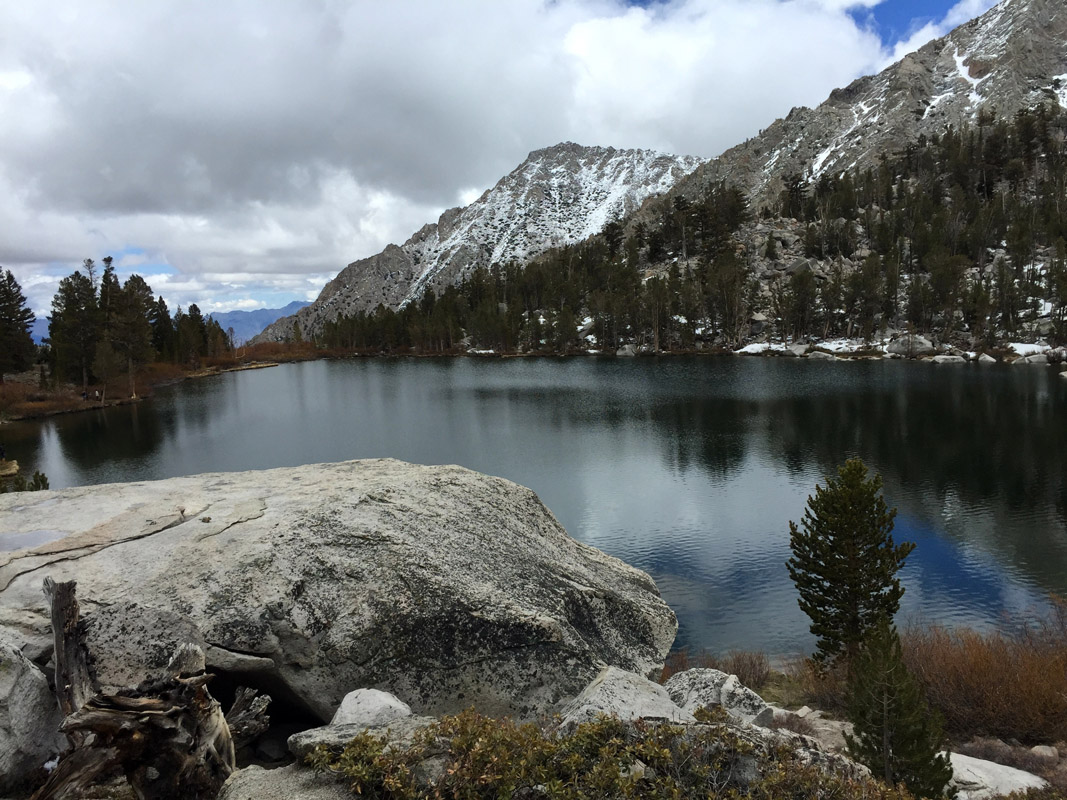
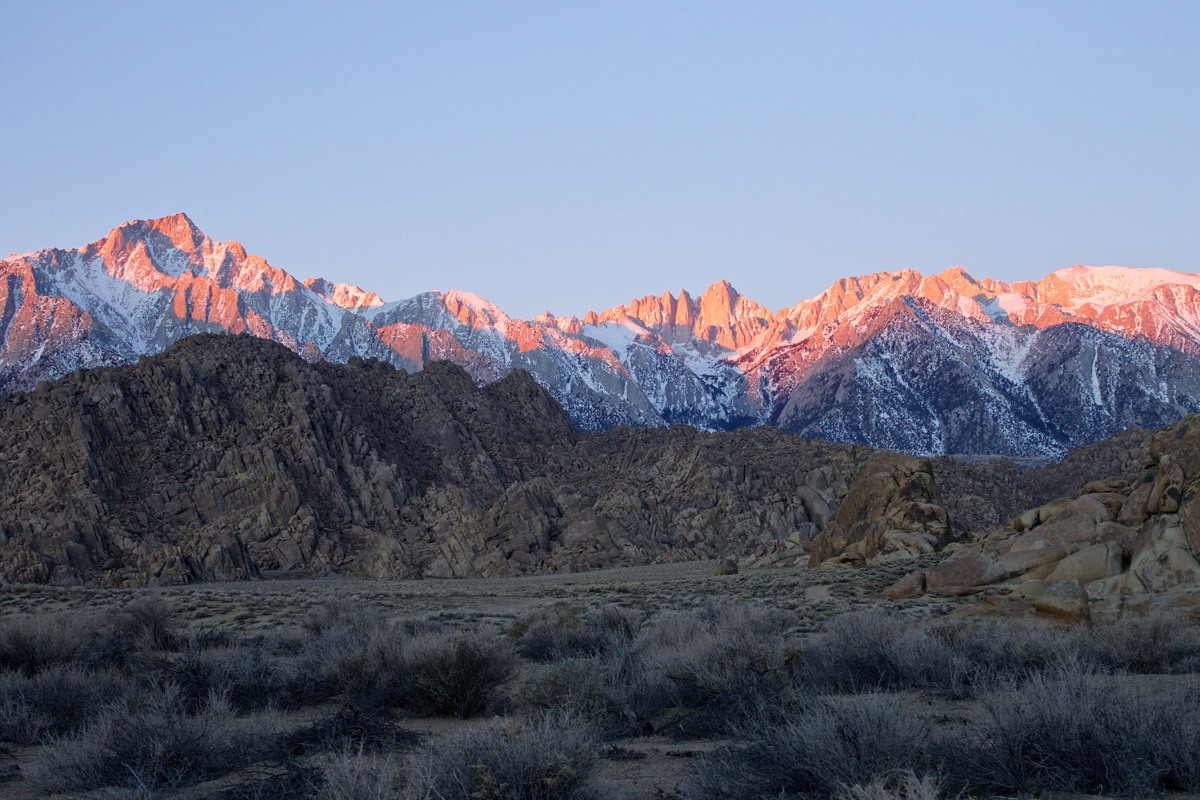
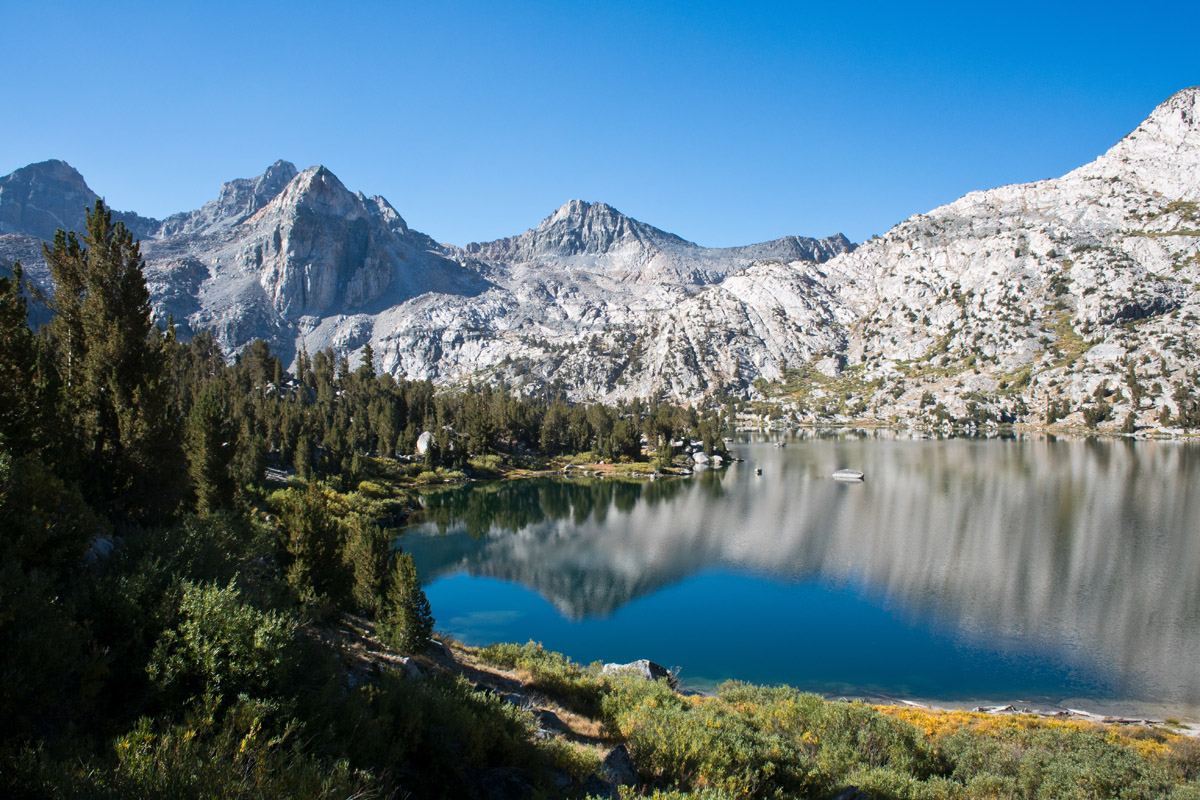


14er
ultra
california-13ers
las-vegas-mountaineers-classics
porcella-burns
western-state-climbers
western-state-climbers-star
sierra-club-sierra-peaks-section
sierra-peaks-section-emblem
sierra-sampler
vagmarken-sierra-crest
fred-beckey-great-peaks
california-ultras
14er
california-13ers
las-vegas-mountaineers-classics
porcella-burns
western-state-climbers
western-state-climbers-star
sierra-club-sierra-peaks-section
sierra-peaks-section-emblem
sierra-sampler
14er
glacier
california-13ers
porcella-burns
western-state-climbers
western-state-climbers-star
sierra-club-sierra-peaks-section
sierra-peaks-section-emblem
vagmarken-sierra-crest
fred-beckey-great-peaks
14er
california-13ers
porcella-burns
western-state-climbers
western-state-climbers-star
sierra-club-sierra-peaks-section
sierra-peaks-section-mountaineers
vagmarken-sierra-crest
california-13ers
porcella-burns
western-state-climbers
western-state-climbers-star
14er
california-13ers
porcella-burns
western-state-climbers
western-state-climbers-star
sierra-club-sierra-peaks-section
sierra-peaks-section-mountaineers
vagmarken-sierra-crest
14er
ultra
california-13ers
las-vegas-mountaineers-classics
porcella-burns
western-state-climbers
western-state-climbers-star
sierra-club-sierra-peaks-section
sierra-peaks-section-emblem
sierra-sampler
vagmarken-sierra-crest
fred-beckey-great-peaks
california-ultras
14er
glacier
california-13ers
porcella-burns
western-state-climbers
western-state-climbers-star
sierra-club-sierra-peaks-section
sierra-peaks-section-emblem
vagmarken-sierra-crest
fred-beckey-great-peaks
13er
california-13ers
western-state-climbers
western-state-climbers-emblem
sierra-club-sierra-peaks-section
13er
california-13ers
western-state-climbers
western-state-climbers-star
sierra-club-sierra-peaks-section
sierra-peaks-section-mountaineers
vagmarken-sierra-crest
13er
california-13ers
western-state-climbers
western-state-climbers-star
sierra-club-sierra-peaks-section
sierra-peaks-section-emblem
vagmarken-sierra-crest
13er
california-13ers
western-state-climbers
western-state-climbers-star
sierra-club-sierra-peaks-section
vagmarken-sierra-crest
13er
california-13ers
western-state-climbers
western-state-climbers-star
sierra-club-sierra-peaks-section
sierra-sampler
13er
california-13ers
western-state-climbers
western-state-climbers-star
sierra-club-sierra-peaks-section
sierra-peaks-section-emblem
vagmarken-sierra-crest
13er
western-state-climbers
western-state-climbers-star
sierra-club-sierra-peaks-section
sierra-peaks-section-mountaineers
sierra-sampler
vagmarken-sierra-crest
14er
california-13ers
las-vegas-mountaineers-classics
porcella-burns
western-state-climbers
western-state-climbers-star
sierra-club-sierra-peaks-section
sierra-peaks-section-emblem
sierra-sampler
